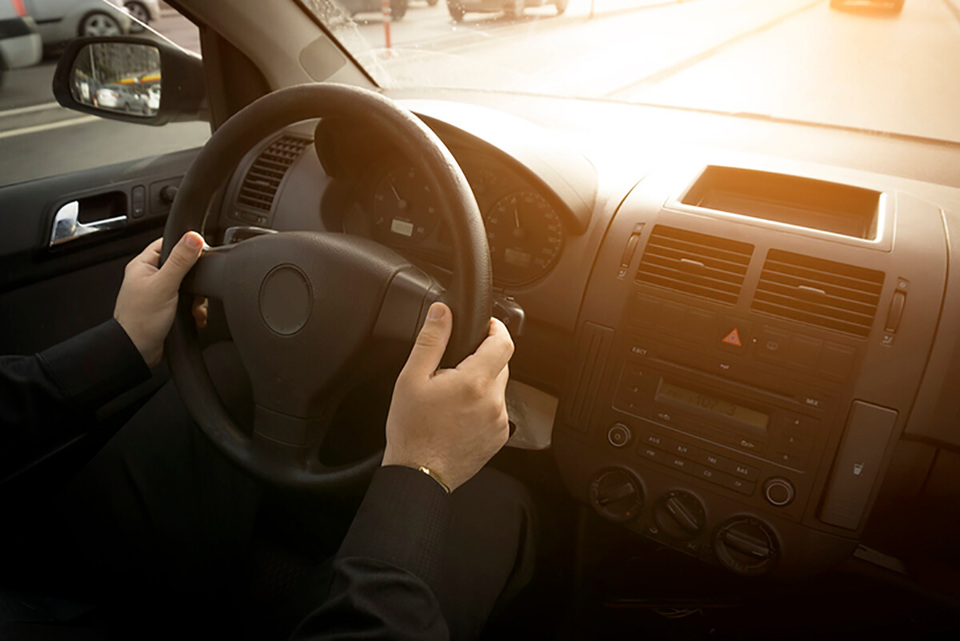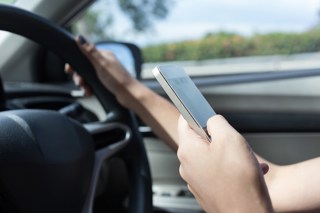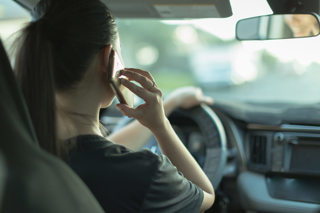The Institute of Advanced Motorists (IAM) has warned that the drink-drive message is failing to get through to young drivers who remain the most likely to be caught drink-driving and be involved in accidents involving death and serious injury.
The comments came as the Association of Chief Police Officers (ACPO) issued figures from its festive anti drink-drive campaign. They show that the failure rate for those under 25 was nearly double that of those over 25.
While there was a reduction in the number of tests in December 2014 (down to 133,996) there was a higher failure rate by percentage; with 5,885, or 4.39%, failing breath tests.
Of those 28,228 under-25s were tested and this age group posted a 6.33% failure rate, compared to over-25s, where 4,042 or 3.94% failed.
The figures tie in with existing research that has historically shown that the high numbers of drivers in their twenties on the roads, combined with their lack of awareness of the effects of alcohol, makes them the most at risk age group.
Road accidents remain the biggest killer of young people in the UK. In 2013 there were 191 people under 24 killed and 20,003 injured as drivers and riders of cars and motorbikes. In the past five years (2009-13) there were 1,037 people under 24 killed and 120,958 injured on UK roads as drivers and riders.
The IAM believes that young drivers are choosing to trust their friends and popular misconceptions about the effects of alcohol on their bodies, rather than take heed of official information.
Kath Pavitt, driver education director for the IAM’s Driver Rehabilitation Academy said: “The latest figures are disappointing but not at all surprising. Young drivers, aged 17-24 have the highest level of drink-drive crashes per distance travelled.
“Drink-driving is still one of the biggest killers on our roads amongst this age group. One-in-eight UK road deaths result from crashes where the driver was over the drink-drive limit. Drivers with even a little alcohol in their systems are more likely to be involved in a crash causing death than a sober driver.”
She said that often young people believe in third-hand stories from friends that eating a meal, drinking lots of water and ‘sleeping it off’ are effective ways of recovering from a heavy night’s drinking and would bring them under the limit later – but these are all myths.
She added: “Alcohol affects judgement, hand to eye coordination, the ability to focus, the ability to see and think clearly, and the ability to recognise potentially dangerous or hazardous road conditions or situations.
“Young and novice drivers usually lack both driving and drinking experience. They tend to be risk takers and are less cautious than their older counterparts. So, even in the absence of alcohol, young drivers are at a greater relative risk of crash than older, more experienced drivers. When you add alcohol to the equation, the risks become significantly higher."
These deaths, and the many more serious injuries, can be stopped if all drivers pledge to not drink any alcohol before driving.
The IAM Driver Rehabilitation Academy supports the evidence from around the world that shows taking steps such as lowering drink-drive limits and stepping up police enforcement are highly effective in cutting drink-drive casualties.
The effects of a drink-drive conviction can last potentially a lifetime. A conviction for drink-driving will lead to a minimum of a year's driving ban, a fine of up to £5,000, an endorsement on your licence for 11 years as well as a criminal record.
A criminal record can affect an individual’s career prospects, restrict overseas travel and lead to high car insurance premiums.
Pavitt added: “The valuable and hard-hitting drink-drive Government messages on the issue are failing to sink in to the minds of our young drivers.
“With the national publicity campaigns in the UK, it is worrying that young people, mainly in their twenties, still do not take heed of the consequences of drinking and driving.”
















Login to comment
Comments
No comments have been made yet.